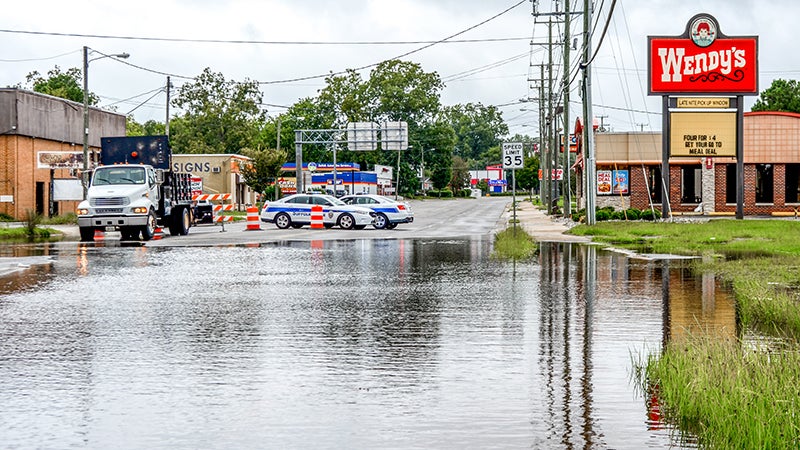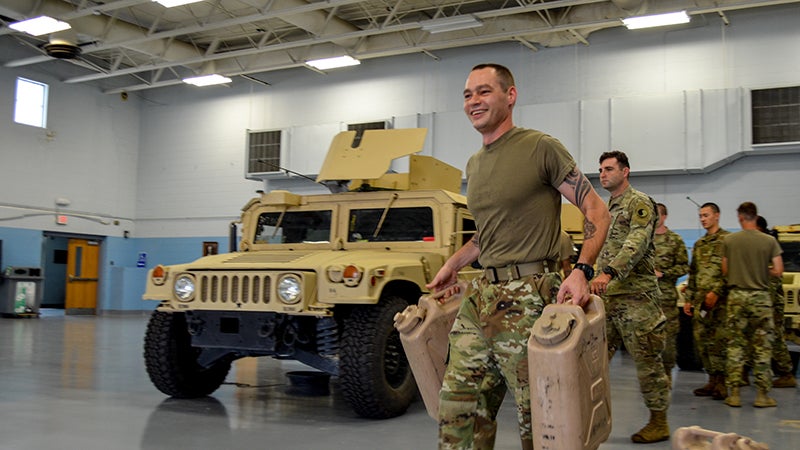VDOT eases travel for evacuations
Published 9:26 pm Tuesday, September 11, 2018
Evacuations have started for portions of coastal Virginia and the Outer Banks of North Carolina, leading to increased volumes on major highways and interstates, according to the Virginia State Police.
Route 460 and Interstates 264, 664 and 64 will see increased traffic because of mandatory and some voluntary evacuations, according to the VSP press release.
The State Police have advised drivers to be patient and keep traffic safety a high priority while they travel to a safer place.
For road conditions and updates now and throughout the storm, drivers can call 511 or go to www.511virginia.org or download the 511 Virginia app.
The Virginia Department of Transportation is working to ease travel pressures as people begin evacuating before Hurricane Florence hits Hampton Roads.
The department is working to stabilize construction sites and lift temporary lane closures to allow for higher volumes on the highways. Even so, VDOT will not do a lane reversal of the eastbound lanes on I-64 on the Peninsula, according to a release.
There is currently no plan for VDOT to close any of its water crossings. According to a release, VDOT will only close bridges, ramps or roads when there is imminent danger to public safety. Those dangers can be high water, structural damage and downed trees and debris.
While they hope to ease traffic conditions, they will also have incident response staff preparing for potential crashes and disable vehicles.
Tolls have also been suspended for the Hampton Roads Express Lanes until further notice, and HOV restrictions have been lifted on Hampton Roads interstates.
Ferry service for Merry Point, Sunnybank and the Jamestown-Scotland ferries will be suspended until further notice.
VDOT encourage motorists to monitor weather reports and road conditions before they travel and to take the following precautions:
If a traffic signal is out, drivers should treat the intersection as a four-way stop.
- Never drive through water flowing across a road. It takes only 6 to 12 inches of water to float a small vehicle.
- Never drive around barricades. Remember, the road has been closed for your safety.
- Slow down when driving through standing water. Driving too fast through water could cause you to lose control and hydroplane.
- Avoid flood-prone areas, especially along creeks and other low-lying areas. Water in those areas can rise quickly and without warning during heavy rains.
- In the event of a flash flood warning for your area, seek high ground immediately.
- Watch for debris on the roadway. If you encounter a downed power line, do not try to move the line. Downed trees may contain power lines. Contact VDOT or Dominion Virginia Power.
- If involved in a life-threatening emergency, call 911.
- Motorists can access more information at the following:
- Get the latest road conditions — call 511, go to www.511virginia.org or download the mobile app at the 511 web site.




